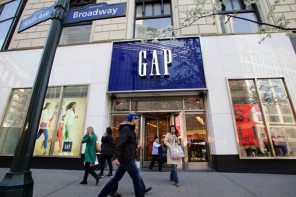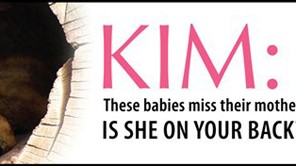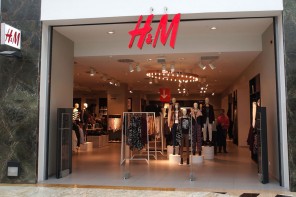In light of the recent H&M controversy over using non-organic cotton, highlighted by one of our readers here (not to mention the brand´s wasteful destruction and disposal of garments that could have easily been donated to those in need), it seems prime time to clarify what exactly eco-fashion means. If such a thing were possible. “Having spent two days in Copenhagen immersed in the concept, having thought about it over the weeks since then, and having canvassed a wide variety of fashion figures, I can honestly answer … no one knows,” writes Vanessa Friedman in the Financial Times.
Friedman asked a number of fashion heavyweights about their personal understanding of the term “sustainable fashion.” Frida Giannini, creative director at Gucci, says it’s “quality items that stand the test of time.” While sartorial investments can translate to heirlooms, I’m not really buying it. What if those quality goods require non-renewable resources for manufacturing? Oscar de la Renta says, “Sustainable fashion implies a commitment to the traditional techniques, and not just the art, of making clothes.” Fine, but still no discussion of moving away from fashion’s inherently wasteful practices.
The best definition arguably comes from Anya Hindmarch, the brains behind the “I’m not a plastic bag” bags. “I would define the ideal as locally sourced materials that don’t pollute in their creation or demise (preferably recycled) and with limited transportation to achieve the completed product,” she says. Dries Van Noten offers an equally forward-thinking take on the matter. Not only should sustainability be considered on a micro, manufacturing level, “I believe, we need to consider this issue from a more macro and profound perspective.” In other words, “what was the ‘carbon imprint‘ of its delivery, for example?”
What does eco fashion mean to you?
Source: Blackbookmag.com
The liveeco team







